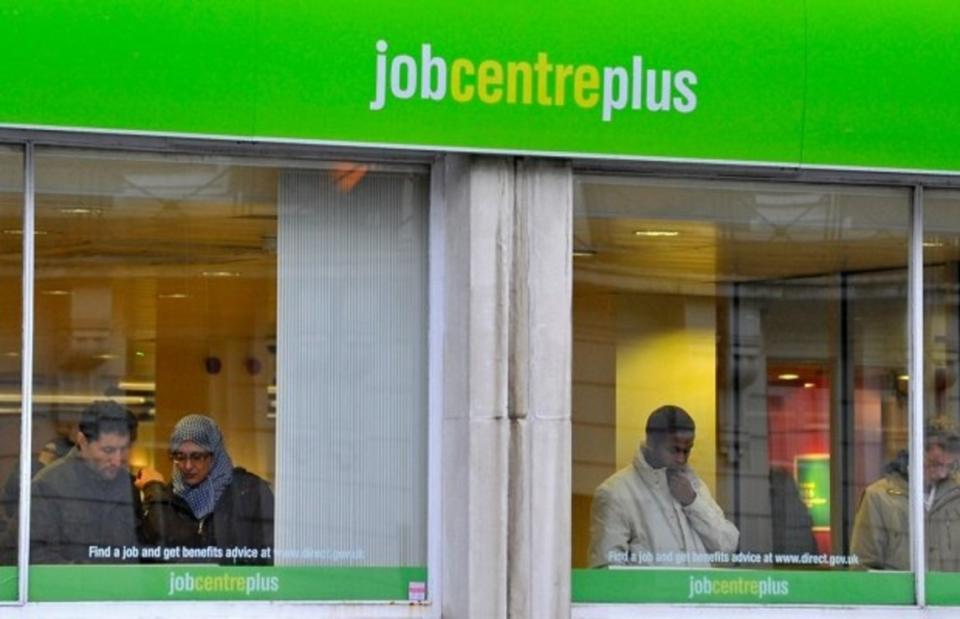Government plan to get people back into work and tackle economic inactivity announced

Labour has laid out its first steps to get people back into work as the new government attempts to tackle the worrying rise in economic inactivity.
“Economic inactivity is holding Britain back – it’s bad for people, it’s bad for businesses, and it’s bad for growth,” Liz Kendall, secretary of state for work and pensions (DWP) said as she announced the new plans.
“It is time for change in every corner of the country. We’ll create more good jobs, make work pay, transform skills, and overhaul jobcentres, alongside action to tackle the root causes of worklessness including poor physical and mental health,” she continued.
Rising economic inactivity has been a major issue for the UK economy, constraining the size of the workforce and contributing to a spiralling welfare bill. The latest figures from the Office for National Statistics (ONS) showed that a record 2.8 million people are out of work with long-term health conditions.
The rise in health related inactivity means the UK is the only G7 economy where the employment rate has not returned to its pre-pandemic level.
Research from the Boston Consulting Group (BCG) suggests that reversing the rise in long-term sickness could generate between £35bn and £57bn over the next five years.
The centrepiece of Labour’s plan is to ensure that Jobcentres focus more on helping people back into work rather than monitoring benefit claims.
Currently, only people receiving benefits can go to a Jobcentre and unemployed people cannot just ask for advice on jobs. As a result of this, a smaller proportion of unemployed people in the UK use their public employment service than any other country.
Kendall also announced a Youth Guarantee, which will attempt to provide work for all young people aged 18-21 years old. Powers will also be devolved to local areas to support disabled people back into work.
Business groups welcomed the government’s efforts to get people back into work, particularly given the difficulties firms are facing in finding well qualified staff members.
“Without action to increase domestic labour supply, strong economic growth will be all but impossible,” Alexandra Hall-Chen, principal policy advisor for skills and employment at the Institute of Directors, said.
Matthew Percival, future of work and skills director at the Confederation of British Industry, said: “Not only will tackling inactivity help firms to access the skills they need to grow and invest, but it will also ensure that more people can experience the financial benefits and security of work.”

 Yahoo Finance
Yahoo Finance 